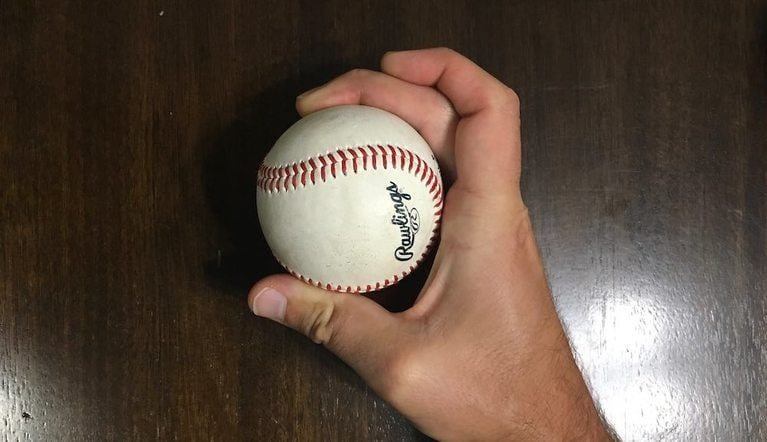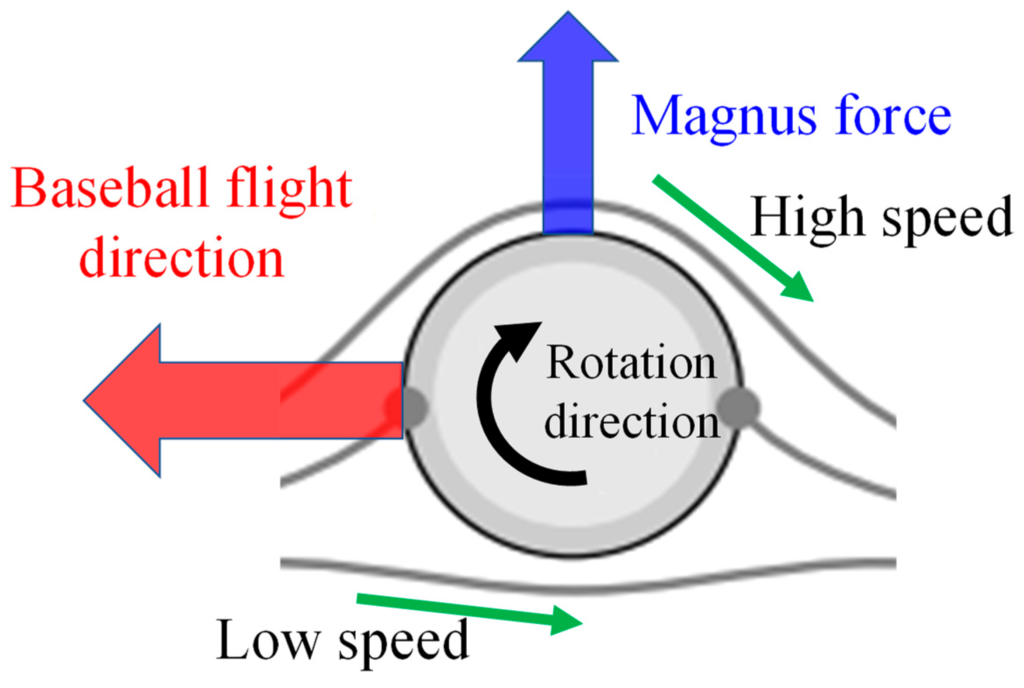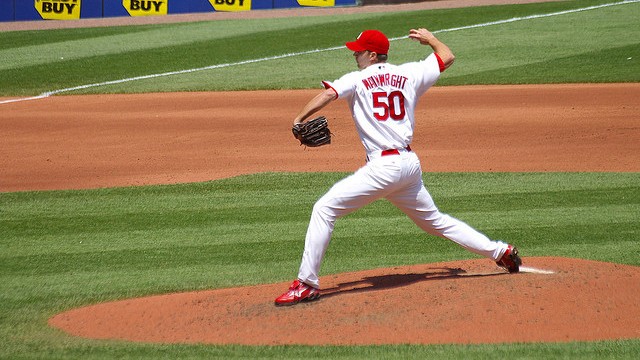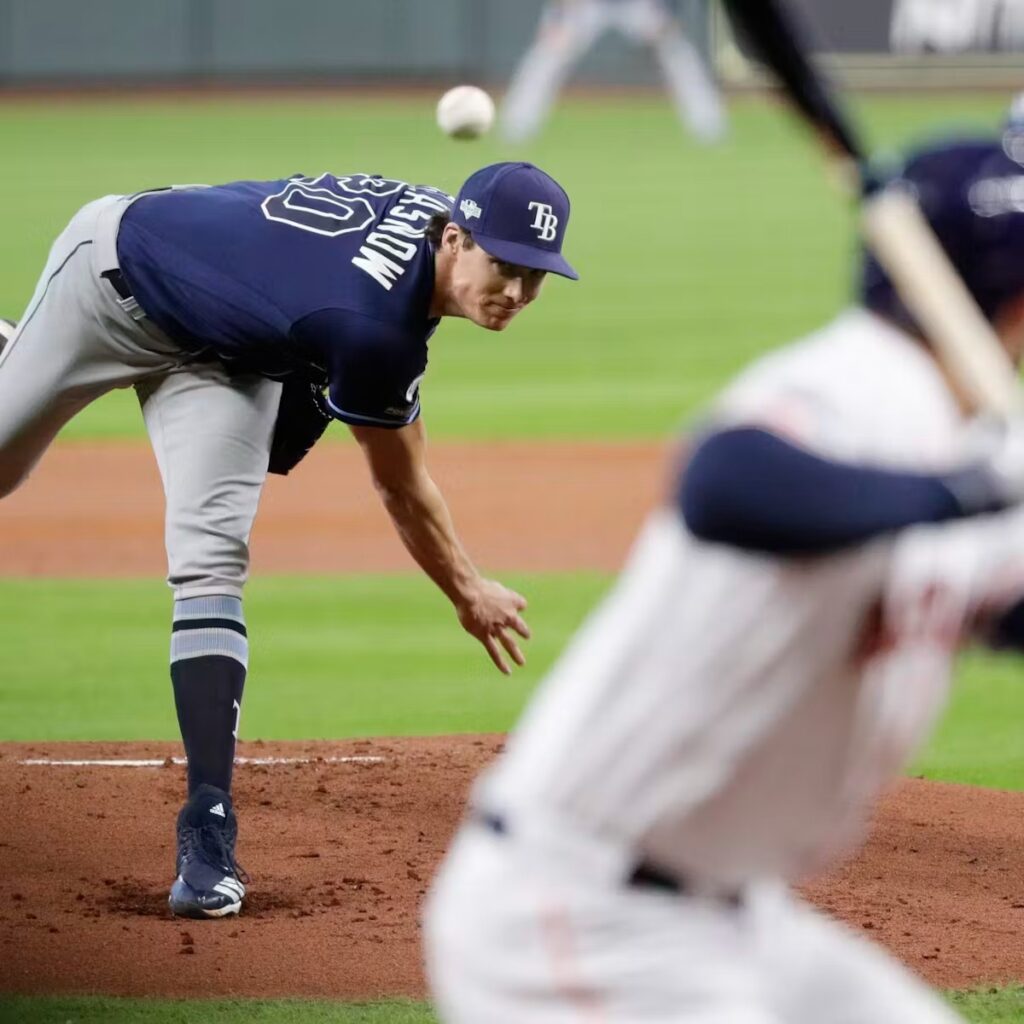We have all grown up watching Babe Ruth kill it on the baseball field, and Nobita from the children’s show ‘Doraemon’ absolutely failed at it.
Baseball is a popular game that dates back to 1744. It is usually played in North America, Canada, and Japan.
The concept of baseball revolves around scoring more runs than your opponent. As a batter, you must hit the ball thrown at you by the pitcher as far as possible.
Once the player manages to go around the four bases before he is tagged out, another player steps in.
The curveball is one of the most famous pitches besides the basic, straightforward fastball.
How to Throw a Curveball
A curveball is a pitch that looks like it is moving straight toward the home plate but deflects and deviates downwards or upwards towards the left or the right. A pitch that suddenly changes its course will be much harder to hit than a fastball that is moving straight. Here is a step-by-step guide on how to throw a curveball.
1. Grip On the Ball

To throw a curveball, start by gripping the ball correctly. There are different ways of gripping a ball, but the most common is the ‘12-6’ or ‘1-7’ grip. It is a reference to the hands on the clock.
It would be best to place your thumb on the ball’s back seam and your middle finger along the bottom hem of the ball. The ring finger and the little finger rest on the side of the ball.
In this guide to wiffle ball pitches, it’s important to note that you should not place your index finger on the ball. Essentially, you’ll hold it with just your thumb and middle finger, a fundamental aspect of pitching effectively.
Your index finger will act as a compass so that you will point it where you want to throw your ball.
Place one seam of the ball on top of your palm and the other on the bottom as you hold the ball so that the seams curve along near your hand.
If you are right-handed, place your thumb on the bottom left seam and your middle finger on the top right seam. You should do the opposite if you are left-handed.
This grip is called a ‘Knuckle curve’. If your opponent sees that you will throw a curveball, they will be ready for the change in drop and speed, and you will lose your edge.
2. The Magnus Effect

Factors like air resistance, velocity, acceleration, gravity, and friction are all part of throwing a curveball. The Magnus effect is a theory that is applied to it. According to the Magnus effect, when the pitcher throws a curveball, they apply topspin to the ball by spanning their wrist downwards and to the side while throwing it.
In this topspin, the air flowing over the top of the ball moves faster than the air flowing below it. The faster-moving air creates an area of low pressure, and the slower-moving air creates high pressure, resulting in the ball’s upward force. This force prevents the ball from dropping as quickly as a fastball, creating the first part of the curveball’s movement.
3. Throw the Pitch

Place your dominant foot on the rubber parallel to the base. Lift your opposite knee and rotate your hips forward as you toss the ball. Your elbow should either be above your arm or at its level at a 90-degree angle.
4. Release the Ball

Keep your palm pointing inwards towards your body as you release the ball while extending your arm and putting the opposite foot forward. Your arm should point toward the opposing hip as you come down from the throw.
Snap your hand rapidly instead of moving it like an arc across your torso. As you throw the ball, mimic the movement of snapping your fingers by rotating your thumb upward and your middle finger downward.
There are many forms of a curveball but focus on perfecting the basic one before moving on to other forms.
Tips to Help You Pitch Better

- Experiment with your grip because the standard is just the most basic form. The trick changes from player to player. Some pitchers prefer a slightly different grip, a wider stance, or a release angle.
- Throwing curveballs at a young age can put excessive stress on your arm. While it is an effective pitch, you must also take care of your shoulder health. Proper practice and technique are important to avoid injury.
- It might get a bit boring, predictable, and less effective if you use it too frequently. It would be like Voldemort predicting that Harry Potter will only use Expelliarmus because that is what he mostly did throughout the series.
Conclusion
In baseball, pitches like curveballs add an exciting and interesting angle and an element of surprise. Mastering how to throw a curveball requires a technical grip and proper technique. While the ‘12-6’ or the ‘1-7’ is the most basic grip, pitchers often experiment and adjust it to their liking and comfort.
Remember not to overuse it and not to lose your edge because there will no longer be the element of surprise. Remember to experiment with and practice throwing a curveball to find the best position and angles so that it works for you.










Comments